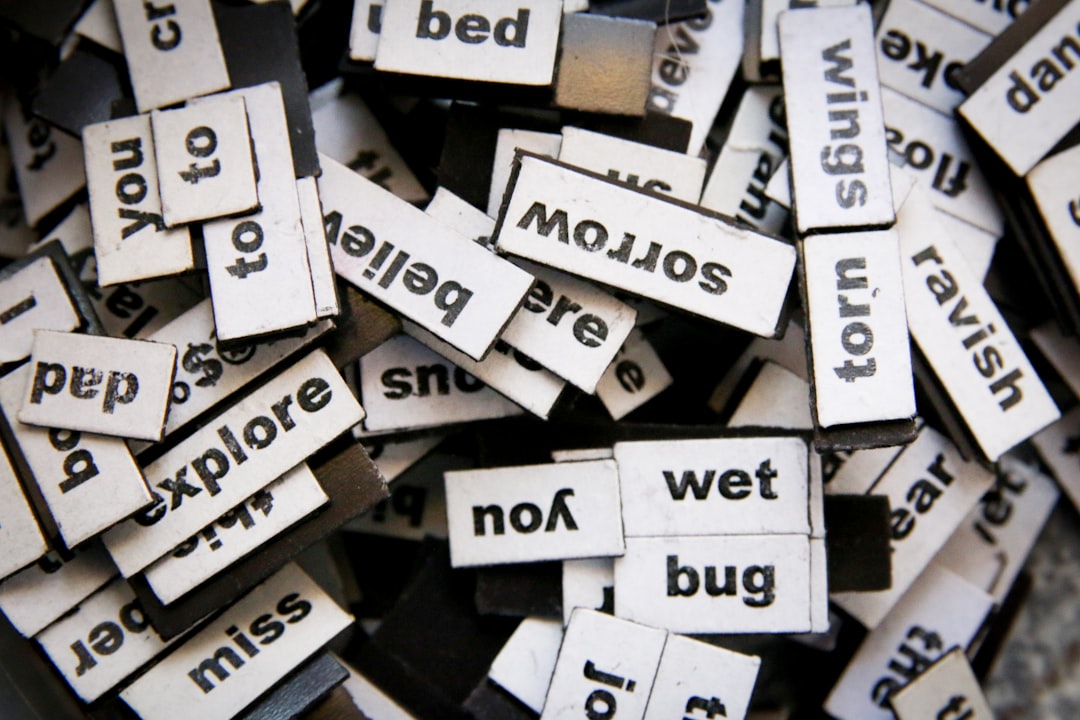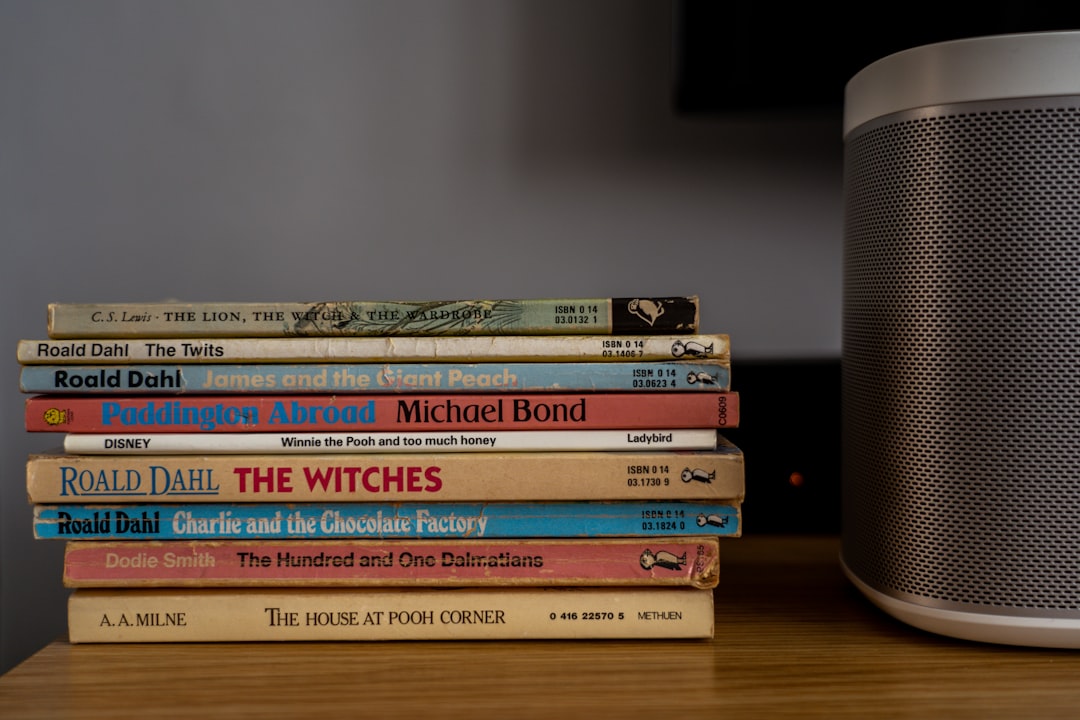Last time: Let Me Have This One Joy (for paying subscribers)

“The title you give your story can illuminate the entire work in a way that becomes clear only when the reader reaches the end.” —Kathy Fish, The Trouble with Titles
Currently reading:
Note: I am a Bookshop.org affiliate and may earn a small commission (along with supporting local, independent bookstores) if you purchase through my links.
1. “The Trouble with Titles”
That feeling of weird and glorious kismet when the exact thing you’re thinking about seems to be on other people’s minds, too. I love that. Like when three people recommend the same book in one week and you finally take the hint and read it. Or like earlier this month when I taught a whole class about titles and then saw Kathy Fish’s “The Trouble with Titles” directly after class.
I hear fellow writers (and my students) complain about their struggle with titles all the time. Because they know it matters. It is the first impression. It is often how readers choose what to read, or at least how they choose what to consider reading next.
As Kathy Fish says, “The title you give your story can illuminate the entire work in a way that becomes clear only when the reader reaches the end.”
Of the ten idea-generating strategies in “The Trouble with Titles,” my favorite is to “Use a fragment or sentence that you had edited OUT of the story.”
It’s a piece working checking out:
2. Carly Watters, Twitter thread on titles
When I’m thinking about titles lately, I’m reminded of a short thread on Twitter by literary agent, Carly Watters.
Hearing other writers or publishing professionals provide strategies and talk about the importance of titles is a gold mine. I was searching for these kinds of resources when I was in grad school.
In her thread, Watters says, “Go to the last paragraph of your manuscript & find your favorite turn of phrase. Bingo.” I’ve used a variation of this strategy so many times. And it’s why I’m not stressing the lack of a title on my current work-in-progress.
It will come to me. It always does.
3. The Table of Contents Test
The Table of Contents Test is an activity I use with my creative writing students, based on three things I tell them a title should do (noting that there are always exceptions):
A title should serve as a signpost for the rest of the story (it points the reader towards what you, the writer, wants them to pay attention to).
A title should match the tone of the story. For example, if you’ve got a funny story, having an off-kilter or humorous title isn’t a bad idea, too.
A title should pass the Table of Contents Test. Meaning, if your title was in a list of other titles (like in an anthology’s TOC), the reader would choose your story based on the title alone.
In other words, the title should jump off the page. It demands attention, even in quiet or subtle ways. So, we look at a list of titles, a faux Table of Contents, and students choose their favorite 3 and their least favorite 3 titles.
This process is, of course, really subjective. We look at the similarities in the titles that each students likes or doesn’t like. Titles that are questions. Titles that are lengthy. One word titles. Funny titles. The hope is by reading like a writer, students can take these opinions and reactions into titling their own work.
Here’s a link to the handout I use as our faux Table of Contents. I change it every semester. Note: every item is an actual title of a real story/poem/essay/novel.
I don’t provide author names on this document because I want students to choose based on the title alone, but the activity could certainly be adapted.

4. Stealing Titles: A Writing Prompt
Don’t worry, I wouldn’t actually suggest the plagiarism of another writer’s title. But when I’m appreciating the beauty of a clever title, I like to borrow, though not with the intent to publish. The writing prompts I share with students are meant for practice.
And in this case, the exercise is based on the hope that someone else’s title can serve as a little seed, possibly sprouting into something bigger.
Here’s the short prompt I use:
Stealing Titles: Start a story inspired by a great title. Look at your own writing journal for any titles you may have jotted down or flip through an anthology of short stories only looking at the titles. Use this title as your own title.
That’s it. It produces some really interesting pieces and shows one approach to starting a story or poem, by starting with a title rather than a character or an image or a plot.
5. A few of my favorite titles of all time
Here’s how this is going to work. I share a few of my favorite titles (though there are really too many to list) and you comment with a few of your favorites.
My favorites:
Bigfoot Stole my Wife (by Ron Carlson)
Dinner at the Homesick Restaurant (by Anne Tyler)
A Perfect Day for Bananafish (by J.D. Salinger)
Bluebird, Bluebird (by Attica Locke)
The Girl in the Flammable Skirt (by Aimee Bender)
Waltzing the Cat (by Pam Houston)
Alive at the End of the World (by Saeed Jones)
Your turn!
Thank you, as always, for reading. Please consider subscribing if you haven’t already. I send usually no more than two emails a month—one exclusively for paying subscribers.
Lots of book recs. A few writing prompts. And sometimes some big writing news.







I struggle with titles so always appreciate tricks like this!